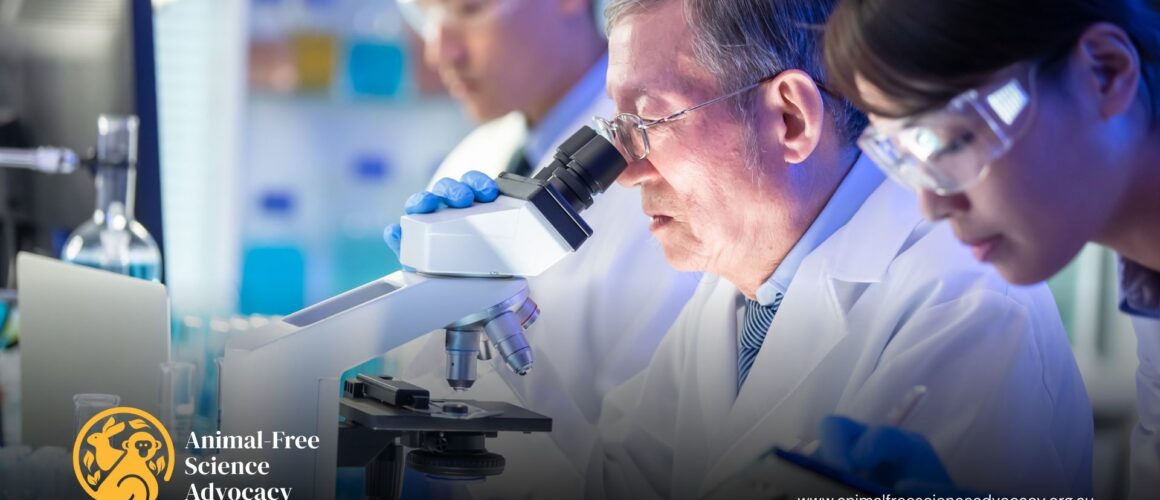Article: Candidate gene expression in response to low-level air pollution
Environment International Volume 140 (2020) 105610
DOI: https://doi.org/10.1016/j.envint.2020.105610
https://www.sciencedirect.com/science/article/pii/S0160412019335512
Authors: Lina Madaniyazi a, b Shanshan Li c, d Shuai Li e, f Yuming Guo c, d
Affiliations:
a Department of Pediatric Infectious Diseases, Institute of Tropical Medicine, Nagasaki University, Nagasaki, Japan
b School of Tropical Medicine and Global Health, Nagasaki University, Nagasaki, Japan
c Department of Epidemiology and Preventive Medicine, School of Public Health and Preventive Medicine, Monash University, Melbourne, Australia
d Climate, Air Quality Research Unit, School of Public Health and Preventive Medicine, Monash University, Melbourne, Australia
e Centre for Epidemiology and Biostatistics, Melbourne School of Population and Global Health, The University of Melbourne, Melbourne, VIC 3010, Australia
f Centre for Cancer Genetic Epidemiology, Department of Public Health and Primary Care, University of Cambridge, Cambridge CB1 8RN, UK
Funders:
Lina Madaniyazi was supported by Supporting Overseas Travel Expenses to Young Researchers contributing to Global Health 2019 from School of Tropical Medicine and Global Health, Nagasaki University, Nagasaki, Japan. Shanshan Li was supported by an Early Career Fellowship of the Australian National Health and Medical Research Council (number APP1109193). Yuming Guo was supported by Career Development Fellowships of the Australian National Health and Medical Research Council.
Aim:
Air pollution is thought to have a big impact on human health. Many studies have shown that low-level air pollution is linked to an increased risk of illness such as cancer, lung and heart disease as well as death.
These pollutants may cause disease by affecting our DNA or ‘genes’. Genes are the blueprint for life and contain all the instructions the body needs to thrive. It has been suggested that air pollutants could tamper with these genetic instructions and affect how the body functions. Which, over time, could lead to disease.
The research team hoped to investigate the link between air pollutants and gene expression over a short period of time.
Terminology:
Air pollution: The mixture of particles and gases in the air which can be unsafe for humans, animals and the environment.
Low exposure level: Refers to a small amount of pollutant that an individual or population may be subjected to, usually below limits set by environmental policy agencies.
Gene expression level: The ratio between the expression of the gene of interest and other genes.
Twins: Where one pregnancy results in two offspring. Identical twins arise from a fertilised egg that splits in two. Fraternal twins arise from two separate eggs fertilised by one sperm each.
Particulate matter: The group of very small solid and liquid droplets in the air which may be harmful to life. Examples include dust and smoke.
Method:
The data on gene expression and air pollution used for this research was obtained from a Brisbane System Genetics Study (2019).
Gene expression was investigated in the whole blood samples of 266 pairs of twins: 192 identical pairs and 74 fraternal pairs of twins. Blood was collected using a PAXgene™ tube system which stabilises blood and separates genetic material with the help of buffers. The blood was then analysed for gene expression levels with Illumina HumanHT-12 v.4.0 whole genome chip that uses probes to stick to genetic material.
On the same days of blood collection, air pollutants were measured from seven different stations in Brisbane. The air pollutants included mean concentrations of particulate matter less than 2.5 micrometres in aerodynamic diameter (PM2.5), ozone (O3), nitrogen dioxide (NO2) and sulphur dioxide (SO2).
The link between each pollutant and gene expression levels was statistically analysed.
Results:
All air pollutant levels were recorded well below the National Air Quality Standard. The mean daily concentration of air pollutants was:
• PM2.5 – 5.9ug/m3
• O3 – 16.3ppb
• NO2 – 6.5ppb
• SO2 – 1.4ppb
Increasing levels of PM2.5 tended to show an increase in gene expression levels for HSPA8 and SOD1 among twins. Similarly, higher SO2 was linked to an increase in AHR gene expression. There were also decreased gene expression of 11 genes including DUSP1 and TNF when SO2 levels were greater. Identical twins had a stronger link between lower DUSP1 and increased SO2. There was no strong connection between O3, NO2 and gene expression in twins.
Conclusion:
This study demonstrates possible links between low-level air pollution and gene expression. The stronger link among identical twins, who share 100% of the same DNA/gene code, suggests that your unique genetic makeup may affect how gene expression and air pollutants are related.
These findings set up research in the future to consider how this interaction between air pollutants and gene expression may affect health outcomes.
Relevance:
Climate change and air pollution are hot topics in the science and health space. There is a growing body of research looking into this complex relationship between our changing air environment, genes and health consequences. This study provides an Australian perspective, noting that air quality and composition may differ around the world.
HRA Comment:
Animals, particularly rodents and mice, are often used to study the effects of air pollutants and forcibly exposed to these substances in plastic chambers.
This study uses a more humane method to understand the relationship between air pollutants and genes by using measured data from air quality stations and linking it to the genetic profiles of human subjects. This approach delivers results that are more tailored for human research as it focuses on human genes. Also, it reflects a more accurate means of exposure and concentration of pollutants for human populations.
